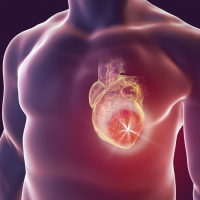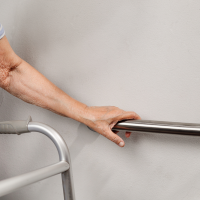Hospice Care 101
Making the switch to hospice care is almost always a hectic time, especially if it’s a family’s first time to enroll a loved one in hospice. As hospice care functions somewhat differently than standard medical care, families often have several questions. Below is a basic guide to the ins and outs of hospice care.
Hospice Eligibility
It’s important to understand the qualifications for hospice care. The most important factor in hospice qualification is that a doctor determines the patient has a terminal illness, which is defined as having a prognosis of 6 months or less if the disease or illness runs its normal course. There are no exclusions for the kind of terminal illness a patient has. Any terminal illness can qualify a patient for hospice care.
Hospice Team
Once the patient is deemed eligible, a hospice team will meet with the patient and their family to create a customized care plan. The patient’s regular doctor can be part of this team if the patient chooses.
The Goal of Hospice
The care plan will be designed to make the patient as comfortable as possible, not to cure the illness. This style of medical care is referred to as palliative care. Palliative care seeks to improve the quality of life for patients and their families through the prevention and relief of suffering. This goal is accomplished by the treatment of pain and other physical, psychosocial and spiritual issues.
Where Hospice Care is Available
Hospice care can be administered in almost any setting. This includes the patient’s home, hospitals, skilled nursing facilities, inpatient facilities, and anywhere else the patient is comfortable.
The Cost of Hospice
In most cases, families will pay little to nothing for hospice care. Medicare will likely cover everything needed to treat the terminal illness, including both clinical services (like pain relief) and support services. Some services may also be available to caregivers and loved ones at no additional cost.
If you have more questions about hospice care, please call Cura-HPC. We are happy to answer any questions you may have and help you make this difficult transition.



